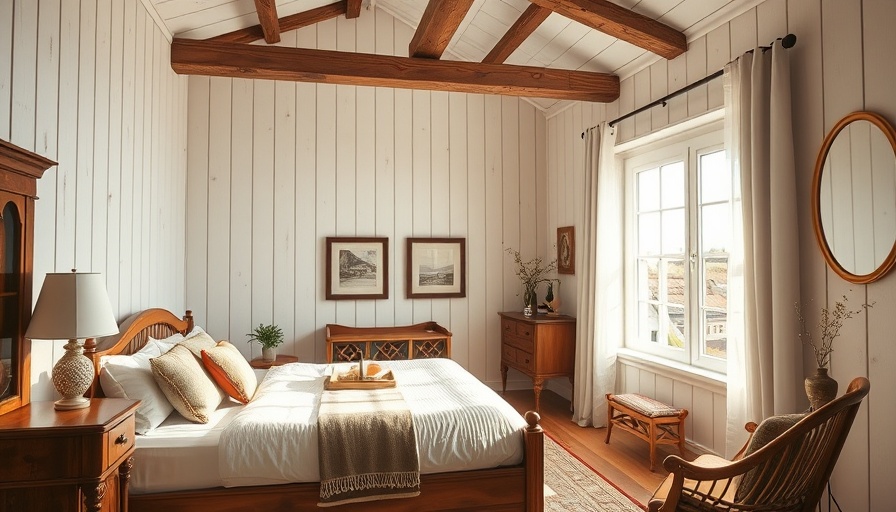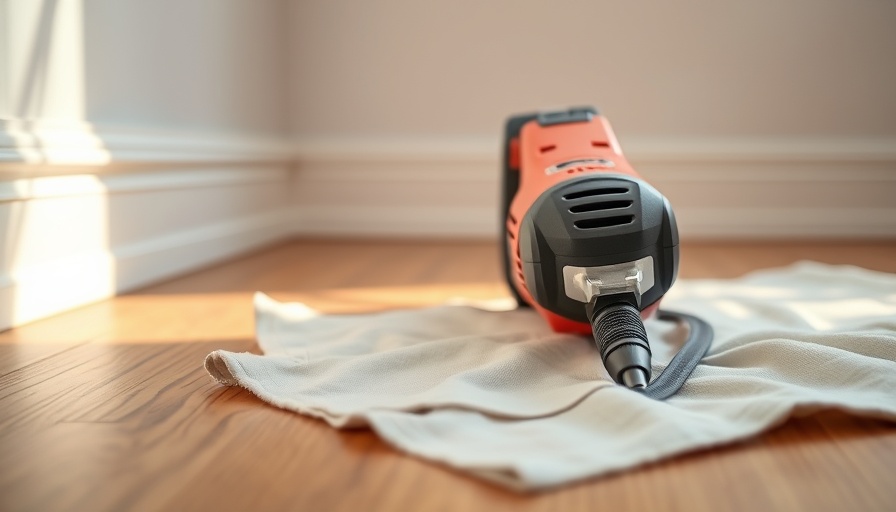
Crafting Your Own Tranquil Retreat
Imagine a picturesque escape right in your backyard—a guest suite combined with a charming garden house, serving as both an elegant hosting space and a relaxing sanctuary. The idea of transforming part of your outdoor space into such a retreat is not only practical but also enriches your home life. As homeowners increasingly seek versatile living options, understanding how to design and implement a guest suite can elevate your property’s functionality and appeal.
Why Invest in a Guest Suite?
The surge in remote work and changing social norms has renewed interest in guest accommodations. According to a recent study by the National Association of Home Builders, nearly 30% of homeowners plan to add multifamily units or ADUs (Accessory Dwelling Units) to their properties. A guest suite offers multiple advantages: it enhances your home’s value, provides privacy for guests, and creates opportunities for additional income—especially if you consider renting it out on platforms like Airbnb.
Designing a Garden House: Key Considerations
When planning your garden house or guest suite, consider the following principles:
- Space Allocation: Ensure ample space for both sleeping and living. Incorporating a small kitchenette and bathroom can make the unit fully functional.
- Natural Light: Large windows and glass doors can create a light-filled environment, inviting nature into the space while maintaining a warm, cozy atmosphere.
- Outdoor Connectivity: Create seamless access to gardens, patios, or outdoor kitchens. This connection can enhance the allure of relaxation and entertainment.
Incorporating Sustainable Features
In an era where sustainability is at the forefront of many homeowners’ minds, integrating eco-friendly elements into your guest suite can foster a positive impact. Consider solar panels for energy efficiency, rainwater collection systems, and materials sourced from local suppliers to minimize your carbon footprint. Such features not only benefit the environment but can also reduce energy costs in the long run.
Emotional and Social Benefits
Beyond the physical aspects, a guest suite with a garden house enriches emotional well-being and social connections. It offers a dedicated space for family gatherings, celebrations, or simply a quiet getaway for yourself or your partners. The act of hosting in a serene setting fosters deep connections, and guests will appreciate the thoughtfulness behind a well-designed space.
Challenges to Consider
While building a guest suite can be rewarding, it’s essential to recognize potential challenges. From zoning laws to construction costs, each step requires careful consideration. Research local regulations regarding guest houses, and set a realistic budget that covers materials, labor, and permits. Adequate planning is crucial to prevent unexpected complications that may arise during the project.
Steps to Implement Your Vision
Ready to create your garden guest suite? Follow these steps:
- Envision: Sketch out your design ideas, focusing on the flow of space and its features.
- Consult Experts: Utilize architects or contractors to refine your plan. Their expertise can inform you about best practices and help in decision-making.
- Transform: Once the plans are finalized, begin the construction process. Stay involved and adjust as necessary, ensuring your vision materializes.
Inspiration from Real Life
Many homeowners have embarked on the journey to create their space, transforming their yards into beautiful havens. Stories abound about families bonding over weekend gatherings in their garden suites, healing retreats amid nature, or even quiet meditation spaces. Reflecting on these narratives can inspire your design and approach, reminding us that creating a guest suite is as much about personal enjoyment as it is about hospitality.
As you embark on this home improvement project, remember that a guest suite with a garden house is more than just extra space—it's an investment in your well-being and personal connections. Evaluate your needs, consult the right resources, and immerse yourself in the joy of creating a host-worthy retreat. Maximizing your home’s potential is just a project away!
 Add Row
Add Row  Add
Add 




Write A Comment